 One of the biggest challenges a job seeker can face is a large and growing gap in a resume. You may find yourself out of work for a long stretch of time for many reasons that are often beyond your control, including childcare, caring for an ill family member, or dealing with your own health challenges. Sometimes, people choose to opt out of the job market to travel, go to school, or even immigrate to a new country. Getting back into the workforce after a long absence is often more difficult than you expect it to be, and it is stressful to watch the gap on your resume keep growing.
One of the biggest challenges a job seeker can face is a large and growing gap in a resume. You may find yourself out of work for a long stretch of time for many reasons that are often beyond your control, including childcare, caring for an ill family member, or dealing with your own health challenges. Sometimes, people choose to opt out of the job market to travel, go to school, or even immigrate to a new country. Getting back into the workforce after a long absence is often more difficult than you expect it to be, and it is stressful to watch the gap on your resume keep growing.
So how do you deal with the recent gap on your resume?
In the interview
First, think through what you will tell the employer in the interview. Generally, it is better to be as truthful as possible. Employers will often be impressed by an honest explanation, simply told. However, you obviously do not need to disclose personal information that might be prejudicial, such as a health issue, or your family situation. Often the explanation can be told in broad strokes: “I took time off to attend to a family/health issue”. It’s also helpful to mention that the issue was temporary, otherwise the employer might worry that the issue might be an ongoing concern that could impact on your ability or availability to work: “the issue is now resolved and I am ready and excited to get back to work”.
On your resume
Remember that you don’t have to explain every gap. One way to minimize gaps is to eliminate the months from the dates of your jobs and simply list the years. You should be prepared to specify the months in the interview, though, if asked. Also, if the gap isn’t recent, you don’t really need to explain it – employers tend to be more concerned about your recent work history, than what you did more than 5 years ago.
If the gap is recent and longer than a couple of years, consider explaining it briefly. Some people insert a line such as “temporary leave of absence to resolve a personal issue”, “family responsibilities”, or “immigration and resettlement”, with the dates (e.g. 2015-2018). It helps to insert an end date, so that it is clear that you are ready to move on to the next stage of your career.
When you start job searching
Start thinking of what you will tell potential employers, network contacts, and your references regarding your absence. Also, as soon as you can, start getting involved in various activities that you might be able to add to your resume:
Volunteering can be an effective way to fill resume gaps and get yourself back into the routine of work. Any volunteering in the community or at your child’s school can be included in your resume and social media profiles as part of your experience. Add it to your list of jobs on your resume (make sure to specify that it was volunteer work, though – you don’t want to misrepresent your experience). Describe the skills and qualifications that you learned while volunteering, such as “Participated in a planning committee for a fundraising event”, or “set up classrooms and prepared materials”. Ideally, try to find volunteer work in a position or in an organization that is related to your ultimate job goal; that way you can keep your resume and experience fresh, as well as build your professional network. You could also use draw on your volunteer supervisors as a source of references, which is another challenge often facing job seekers with a gap in their resume.
Rebuild your professional network. Most jobs are found through contacts. Once potential employers have met you and been impressed by you (or been told about your assets by a referral), they will be less concerned with your resume gap. Use social media and information interviews to seek out and meet successful fellow professionals in your field. Identify the professional associations, conferences, trade magazines, organizations and events relevant to your career goal. Participate in their activities. Consider seeking out former colleagues, and reconnect with them on LinkedIn (or even Facebook).
Research the labour market. In some sense, you are in the same boat as a new graduate. Learn as much as you can about your field and profession as well as its leaders, the requirements, the shortages and the education required. Assess whether you need to update your skills, recertify or learn new technical skills. Identify target companies where you would like to work, visit their websites, analyze the job openings and speak to as many professionals in your field as possible.
Explore training options. Adding recent education or training to your resume can be a highly effective resume filler. It does not have to even be full time education – you can do it on a part time basis (it isn’t necessary to specify whether a course is full or part time on the resume). Courses may be online, at community centres, local colleges or continuing education courses at the local community college.
A growing resume gap isn’t an unsurmountable barrier. The sooner you realize that there’s a potential gap growing in your work history, start planning your strategies for addressing it. Take initiative to start filling the gap, and think through what you want to tell employers in interviews, on resumes and on your LinkedIn profile.



